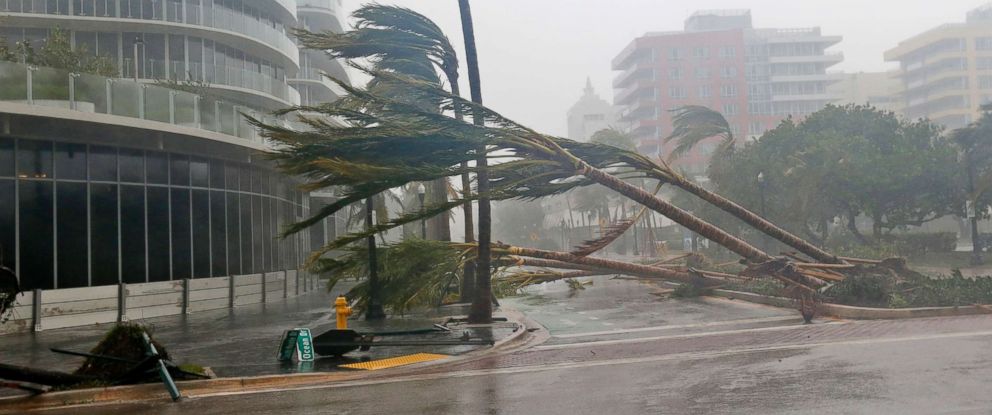
Among the most significant obstacles to strengthening Florida’s electric transmission grid against hurricanes is a lack of access to telephone poles. Utilities rely on thousands of poles statewide that they don’t control.
Other obstacles include trimming trees that might fall onto transmission lines.
Complaints about those problems featured prominently during Florida Public Service Commission hearings on hurricane preparedness and response in Tallahassee Wednesday.
Fully 200,000 of the 1.2 million utility poles Florida Power & Light relies upon are owned by telecommunications companies, Bryan Olnick, vice president for distribution and reliability, told the commission.
“They are very much a weak link in our system,” he said.
Yet they form an essential part of the electric infrastructure. FPL inspects all of its poles on an eight-year cycle. “Telephone utility poles to do not. The suggestion is that, since they are part of our system, they also comply with whatever the electric utility standards are. Because pole inspections make a big difference,” Olnick said.
No one — neither the utilities nor commission members — was certain who precisely regulates these poles, however.
Meanwhile, homeowners and local governments don’t always cooperate with tree-trimming efforts, Olnick and other utility executives said.
Commissioner Gary Clark suggested the state might need to pre-empt local governments on the matter. “You’re dealing with 20 different municipalities that have 20 different sets of rules,” he said. “This is for the benefit of everybody that is on this line — we are going to clear this.”
Public and investor-owned utilities sent executives to address the commission, which has emphasized storm hardening since 2006. The push includes regular inspections; infrastructure hardening, including replacing wooden poles with sturdier models, steel or concrete; closer coordination with local governments; collecting and analyzing data during and after storms; and moving equipment underground.
According to testimony by Olnick and other executives, the effort is paying off. For example, following Matthew, FPL restored 95 percent of its customers within two days; following Irma, it was 50 percent within one day. During Wilma, it took five days to restore 50 percent.
Hardened infrastructure performed significantly better than nonhardened. During Matthew, no hardened power poles failed. During Irma, only 26 failed. For nonhardened, 408 poles failed during Matthew and 2,834 during Irma. Not one hardened transmission structure failed during either hurricane.
Underground infrastructure performed 95 percent better than aboveground during Matthew, and 80 percent better during Irma, he said.
But it is no panacea. FPL saw damage to its underground infrastructure during recent storms because felled tree roots damaged equipment, Olnick said.



